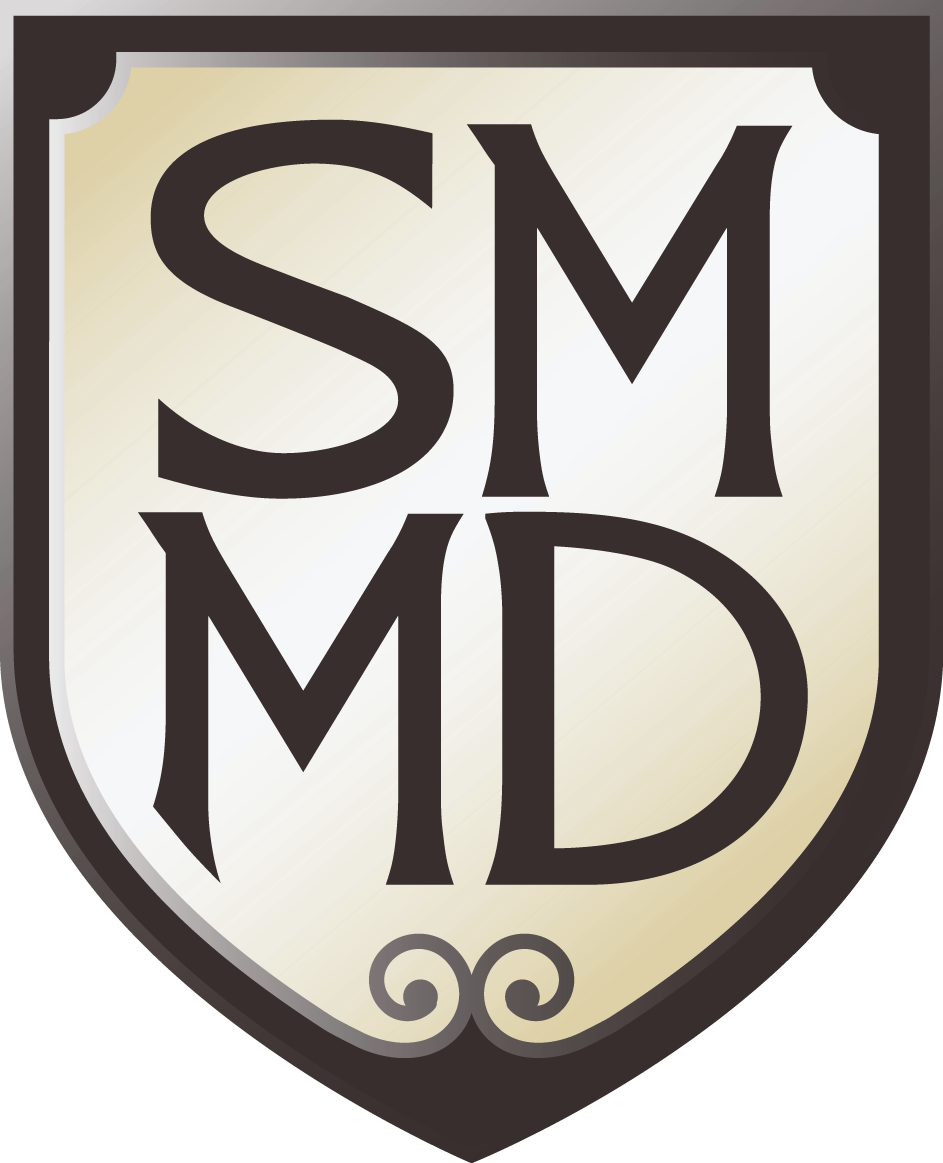Journal of Orthomolecular Medicine Vol. 22, No. 3, 2007
“Solar Power for Optimal Health”
Marc Sorenson, EdD 2006
Paperback, 274 pages
Book Review by Shira Miller, M.D.
Are you a sun-phobe? Does the mere thought of going outside cause you feverishly to protect yourself with an armor of sunscreen? Do you habitually shield yourself with sunglasses? And then, do you feel guilty and wonder why the intense touch of your supposed enemy actually makes you feel good?
It is not clear how it became “common sense” that the sun, an integral part of mankind’s evolution, could be so harmful; from Icarus, to the Coppertone Water Babies, there are many examples. If you didn’t read it in a magazine, surely your dermatologist, neighbor, or mom warned you to be careful of the sun.
Solar Power, by Dr. Marc Sorenson, comprehensively explains why being sunphobic is the real danger.
Dr. Sorenson diligently begins with a brief history of the relationship between sunlight, vitamin D, and health. He then diagrams how ultraviolet light (UV) produces vitamin D when it heats the skin, and why sufficient vitamin D levels are necessary for calcium absorption and bone formation. The “How does Vitamin D work?” section unfortunately does not include the mechanisms by which sunlight and vitamin D have been reported to prevent and fight cancer cells, but this information does ultimately preface subsequent chapters. Complete with mortality maps and graphs, the book convincingly documents how low sunlight exposure significantly increases the risk of breast cancer, prostate cancer, colon cancer, multiple sclerosis, osteoporosis, high blood pressure, and many other lifethreatening diseases.
In the style of a dedicated educator, Sorenson repeatedly asks, “What have we learned?” Well, in addition to all of the above, you’ll learn exactly how dark skin, winter, sunrise, sunset, sunscreen and possibly the city you live in, interfere with UV penetration and vitamin D production. You’ll discover how low sunlight exposure is related to depression, and how serotonin and other feel-good neurotransmitters are released in response to light. You’ll start entertaining the idea that a hat and long-sleeved T-shirt are better options than sunscreen, and you’ll definitely think about getting your own vitamin D level checked.
What about skin cancer? Responsibly, Solar Power does not deny that higher sunlight exposure increases the risk ofcommon skin cancer. However, the book spends many lines underscoring that the increased risk does not necessarily reflect that sunlight is the primary cause. Using cartoons of atoms and electrons, Dr. Sorenson illustrates, to the novice and professional alike, how poor dietary and lifestyle habits may actually be more hazardous to your skin than sunlight. Regarding melanoma, the deadly form of skin cancer, Sorenson again adamantly agrees that burning your skin does increase the risk, but he offsets the reflex to sun-phobia by showing that regular sunlight exposure in fact decreases the risk. In addition, he warns that the risk of melanoma has actually increased with the parallel rise in sunscreen sale figures.
Solar Power positively illuminates a better context for the popularly feared risks of sunlight. Of course, medical researchers inherently know that a history of common skin cancer does not exclude patients from being research subjects. Nonetheless, a quick look online at the American Cancer Society statistics will give you a much fuller appreciation of the matter. A layperson will notice that common skin cancers (basal and squamous cell carcinoma) are routinely excluded from the cancer statistics. Shocking as this might seem, this is precisely because they are so common and highly curable. In 2006, for example, the best estimate is that about one million cases of common skin cancers were diagnosed, but you won’t find even a guess at the number of actual deaths. In that same year, about 60,000 cases of melanoma were diagnosed, and less than 8,000 of those persons died. In contrast, more than 500,000 persons died from many of the internal cancers that are associated with low sunlight exposure. So, it seems, we may need to rearrange our priorities.
Finally, you may ask, why isn’t it common knowledge then that sunlight is so beneficial? Dr. Sorenson perseveringly scapegoats the sunscreen industry. Although his philosophical message is debatable, it does not cloud the scientific conclusions of Solar Power.
Knowledge is power, and Solar Power is no exception. Read it, and you will bask in the light, without fear or guilt.


Dr Duncan Carmichael in Sea Point does believe and piercrsbes these hormones. I have been on them for over a year now and feel so much better, BUT I have to warn you all that this is no cheap solution and medical aids cover almost nothing. I think the challenge for us is to demand that medical aids start recognising this treatment.
Hi Shira, Thaks for the review.
Here is another book well worth reading (and we shouldn’t let the title fool us. The information in this book is essential for you even if your daily peak athletic activity is getting up from the sofa):
“Athlete’s Edge – Faster-Quicker-Stronger With Vitamin D” by John Cannell , founder of the Vitamin D Council.
I’m a women of a certain age and I know it is sooo hard to sleep. I haven’t taken any pills tohguh. I have tried melatonin, it does nothing! A glass of wine helps but, then you wake up a couple of hours later. I’m so used to not getting a good nights sleep its just normal to me. I feel it is that way for most people unfortunately. I’ve even gotten rid of most caffeine. I’m thinking about trying bioidentical hormone therapy myself. But, mainly because I feel very jittery and I find my hands are shaking, like an old woman.One of the reasons I wanted to respond to you is I LOVE the way your web-site looks, good job!
You’ve really impressed me with that answer!